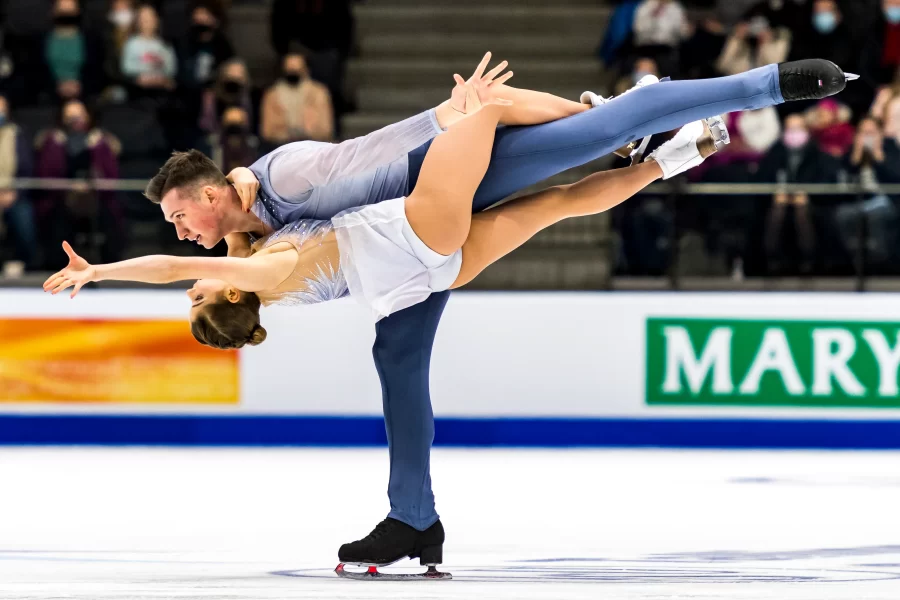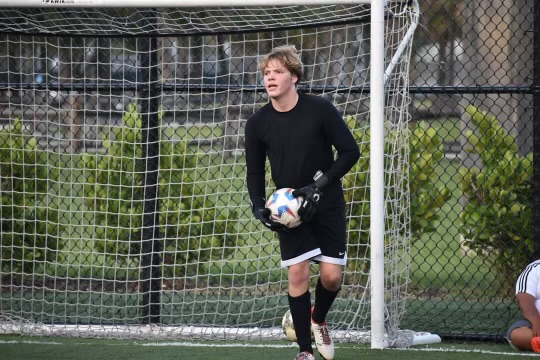Figure skating is one of the few sports that involves gliding and self-propelling yourself using a thin metal blade, across an icy surface, while maintaining balance. It is perhaps one of the most anticipated events in many winter sports which include but are not limited to speed skating, short speed skating, and ice hockey.
Figure skating is particularly the one that amazes people due to the daring jumps, glamorous costumes, and brilliant choices of classical music. Nonetheless, the one thing that still catches many people’s attention is the way that figure skaters do the most difficult of stunts so gracefully.
But before we go into how much work figure skaters actually put into their practices, let’s start off with where figure skating originally began.
Figure skating most likely began in Scandinavia in the early 1000 BCE, except not the way you may be thinking. Nowadays, figure skating or ice skating is for fun, but back when it originally started, skating was for allowing people to travel over icy surfaces easier. Skates used to be made out of animal bones and skin while today it’s made out of metals and fabrics.
It isn’t quite known when the use of metal for skates came to be, but it is suggested that it started in the Netherlands.
The main developments of the ice skate happened in the 1900s and the two main things that were added to the ice skate were the “toe pick” and the “closed toe.” The “toe pick” is a group of saw-like teeth at the top of the blade that enables the figure skater to do certain jumps while also allowing them to stop or break. The “closed toe” blade was added to strengthen and permit a more lightweight skate, making it easier to maneuver around the ice.
Now back to the figure skaters.
Figure skaters must train for three to four hours a day, working both their skating and fitness skills to achieve the perfect routine. They have to do running, weight lifting, and even yoga or pilates to maintain their flexibility.
Skaters have two things they need to do when it comes to figure skating: they need to be able to spring off the ice while rotating fast in the air trying to maintain balance and they have to balance on thin metal edges as they go up into the air. This requires a lot of coordination and strength and should not be tried by just anybody.
Beginners like myself tend to struggle to stay upright on the slippery ice surface from the fear of falling. We tend to lean forward and move our hands all over the place, which can indeed mess up one’s balance; although it may be scary to stand up straight and be still, you must master balance to become a better skater and inflict fewer injuries on yourself. Once you get the hang of balancing, everything else should fall right into place. Figure skating has come a long way, and I would recommend trying it at least once for fun.
Tips for skating on the ice:
- Hold onto the barrier once you get on
- Bend your knees and stand up tall
- Don’t make large movements but small ones
- Use your body weight
- Don’t be afraid to stop
- Be aware of your surroundings
- Learn to get back up








